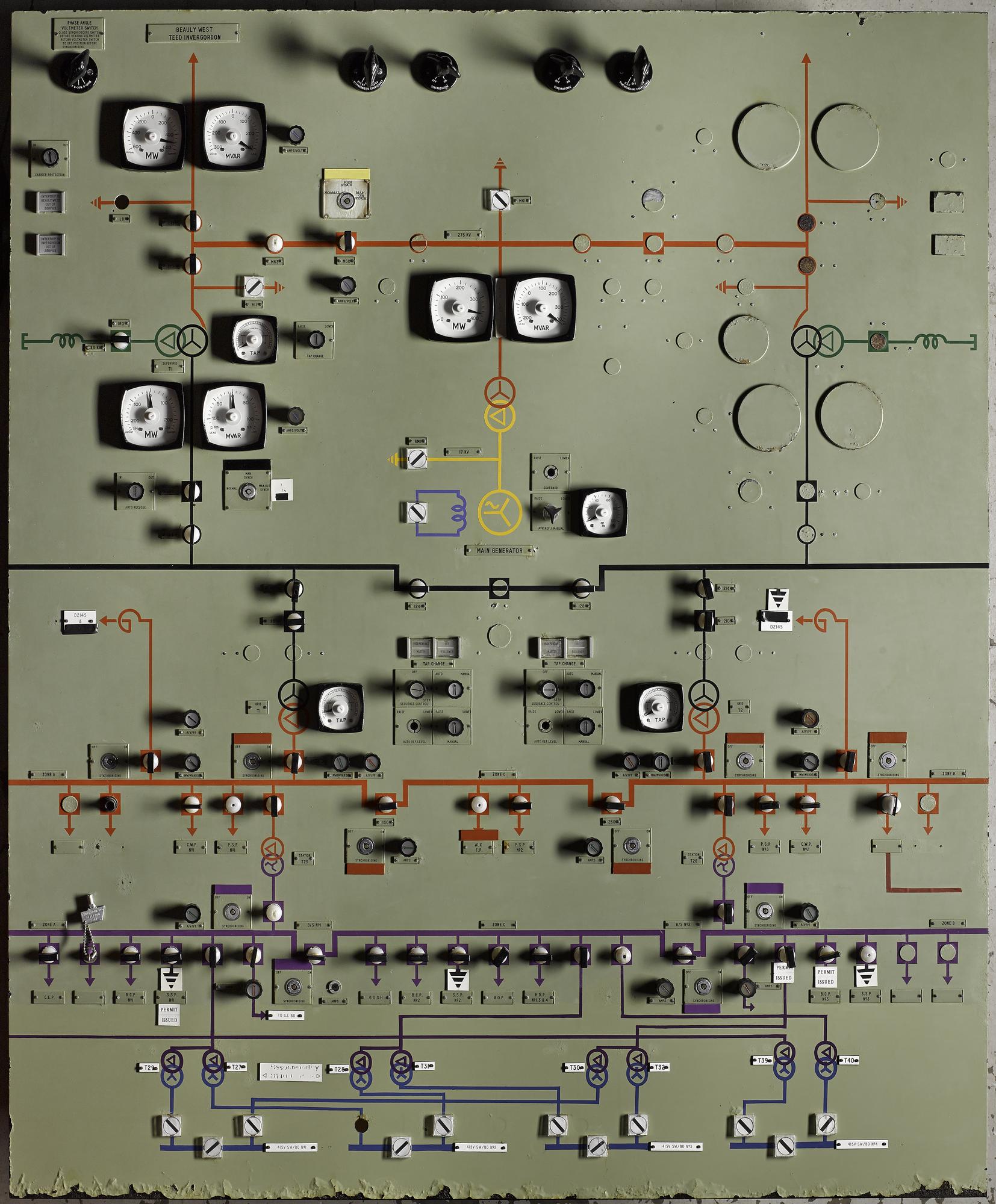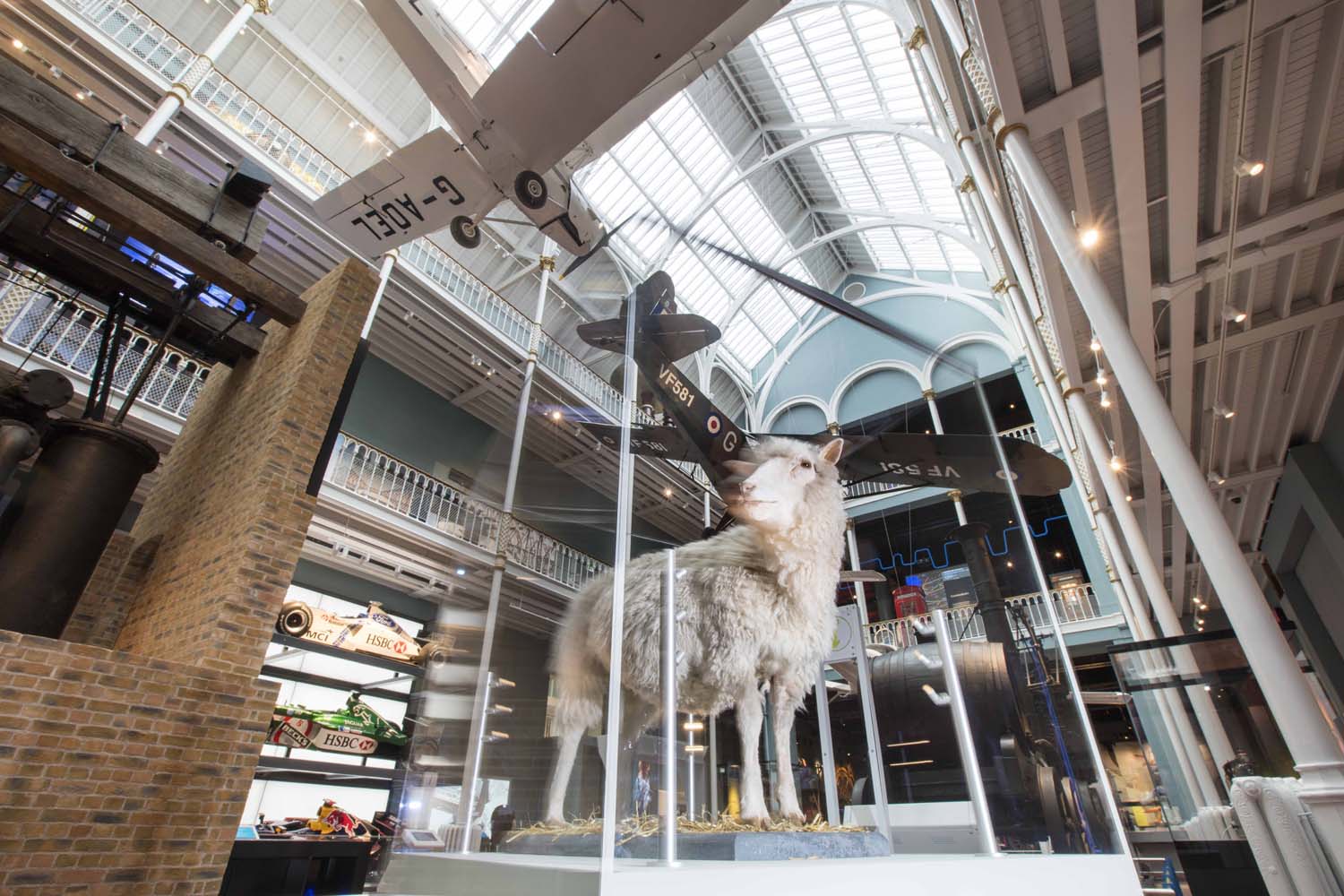This blog has been co-written with Dr Klaus Staubermann, Principal Curator of Technology.
In 2016 National Museums Scotland opened a new suite of Science and Technology galleries, capturing innovation and invention past and present. Among the 1,000 objects on display was this seemingly innocuous panel of dials and buttons.

At one time, these dials and buttons controlled a fast breeding nuclear prototype reactor at Dounreay, at the time a new and potentially threatening technology. Tellingly, it was situated as far from London as possible.
The thorny issue of nuclear power is only one of a range of potentially divisive technologies visitors can engage with in these galleries, which spans cloning (Dolly the Sheep) to wind farms.

Could we – should we – do more to address contentious issues like these?
Some science and technology museums are better than others at addressing controversy in their programming and exhibitions. Colleagues at the Norsk Teknisk Museum in Oslo have a track record in provocative exhibitions, exploring topics such as perceptions of mental health. Their latest exhibition is about forced labour, but also collaboration in civil engineering during the Nazi era.
These exhibitions confront visitors with uncomfortable truths that they might not have expected in a technology museum. Interestingly, curators in Oslo do not seek to provoke for the sake of it, but rather try to inform and thereby build confidence in their audiences. They hope visitors will shape their own opinions on what is often perceived as a controversial topic.

As we use the new galleries as a platform to engage visitors with science and technology at National Museums Scotland, we are considering a number of questions:
- Do our audiences want to see more debate in the museum?
- Should we do more to court controversy – for example, around climate change or bio-engineering?
- Should the museum take a position – or try to be neutral?
If you have any views on this, please do share in a comment below.
Find out more about our Science and Technology galleries here.
Explore some of the Science and Technology collections online here.
